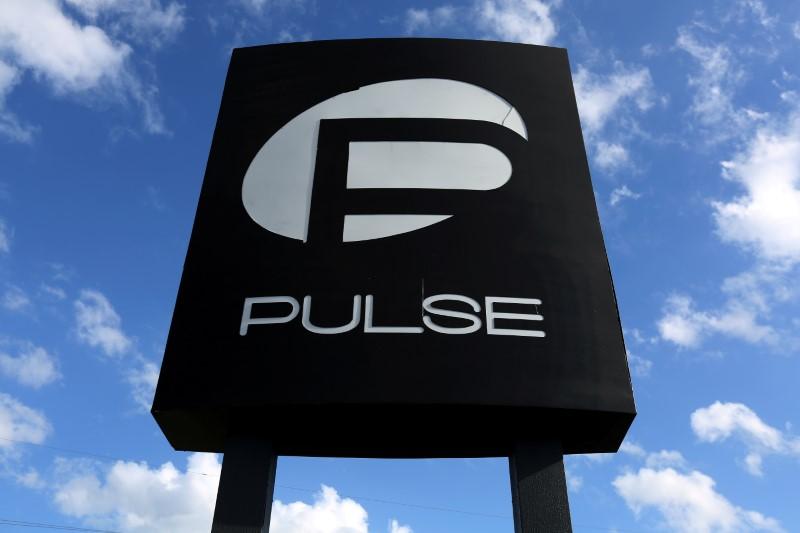Proposition 14, or the Top Two Primaries Act, approved by California’s voters in 2010, was supposed to be an uptick in the way California produced candidates for the ballot in general elections. Contenders for statewide office were allowed to compete in a blanket primary. The top two vote-getters, regardless of party affiliation, would then square off in the fall general election.
Six years later, the measure has political observers crying “I told you so.” Like the ancient parable, “you reap what you sow,” they say the effects of the law have come home to roost.
That means in the minds of many that this fall’s state elections paint a picture that birds of a feather flock together. In contrast to a traditional two-party system where political parties offer divergent and delineable platforms, the upshot of the top-two protocol has same-party candidates having practically indistinguishable platforms vying for the same office.
Most prominent is the contest for U.S. Senate between Democrats Attorney General Kamala Harris, the top vote-getter in the June primary, and runner-up Congresswoman Loretta Sanchez.
As expected, both candidates sound unified in their praise for the outgoing Democratic senator, Barbara Boxer, whose seat they are vying for, and Senator Dianne Feinstein.
“Senator Feinstein combines the wisdom of an experienced statesman with a deep love for and understanding of California,” Ms. Sanchez stated in an interview with Sarah Wire of the Los Angeles Times.
Ms. Harris concurred and added that both Senators Feinstein and Boxer “have fought hard for California’s interests and led on so many important issues.”
The two candidates, whose similar stances on issues important to Democrats like gender equality, gun violence, and the environment, also sounded high notes in their admiration for progressive figures in U.S. politics—the late Senator Alan Cranston of California (Ms. Harris) and Robert F. Kennedy (Ms. Sanchez).
But the hard part with two candidates in the same party who oppose one another is which one gets the endorsements. Both Senators Feinstein and Boxer are with Kamala Harris, citing in a joint statement Ms. Harris’ propensity for a “continuation of clear progressive leadership in the U.S. Senate.”
Ms. Harris also picked up the backing of Emily’s List, labor unions, and environmental groups that would normally side with the Democratic candidate. In addition to the California Democratic Party, President Barack Obama and Vice President Joseph Biden endorsed her.
Ms. Sanchez, who, like Ms. Harris, receives backing from labor unions and liberal groups, pushed back, claiming in a statement that Democratic leadership should be “supporting Democratic Senate candidates against Republicans.”
Statewide, in California, Ballotpedia, an online election data service, lists 5 state senate and 16 assembly races that involve top-two finishers of the same political party.
One of the most watched is the 43rd Assembly District in Southern California. Councilwoman and former mayor of Glendale Laura Friedman, a Democrat, was the top finisher in the June primary. Ms. Friedman is endorsed by termed-out Democratic Assemblyman Mike Gatto, whose office she seeks against Ardy Kassakhian, who served as City Clerk of Glendale and whom she defeated in June.
But Mr. Kassakhian, also a Democrat, counters with a powerhouse Democratic Party endorsement of his own—LA Mayor Eric Garcetti.
Both candidates claim endorsements from labor, education, and healthcare entities, the usual domain of the Democratic Party. They also describe themselves as advocates of workplace equality, gender issues, and environment. Ms. Friedman also stated to the Epoch Times that homelessness was a “top concern.” The Golden State has 20 percent of the nation’s homeless population, according to a report on radio station KNX.
While both candidates profess similar visions, Ms. Friedman disputes notions that candidates from the same party negate choices. If not in the message, the choice is in the messenger. She claims that her background in public service in Glendale and as film producer gives her an edge.
“I understand the mechanisms, the dynamics of finance, and can champion establishing jobs,” she said. “I have experience in building consensus to get jobs completed; I can motivate and empower.”
The view of Larry Levine, consultant for the Kassakhian campaign, holds that indeed there is a “big difference” in platform, in particular in education issues and approaches to campaign finance. In his discussion with the Epoch Times, he says Mr. Kassakhian is a proponent of public schools, and accuses Ms. Friedman of receiving backing from “venture capitalists and billionaires committed to charter schools.”
Such back and forth can muddle the picture of who’s who and who’s for what, considering that Ms. Freidman not only gets a nod from public teachers’ organizations, but also from the California Nurses Association, a progressive union that had backed Bernie Sanders.
Six years since passage of the controversial Proposition 14, Californians still seem unsure if this is a “good” or a “bad” thing. From the outset, neither the Democratic nor Republican Party was for it. Independents were alarmed that it would prevent third parties from competing. Yet 54 percent of Californians passed it.
Timothy Wahl’s experience in business, education, the sciences, and the arts gives him a unique platform on a spectrum of subjects.




